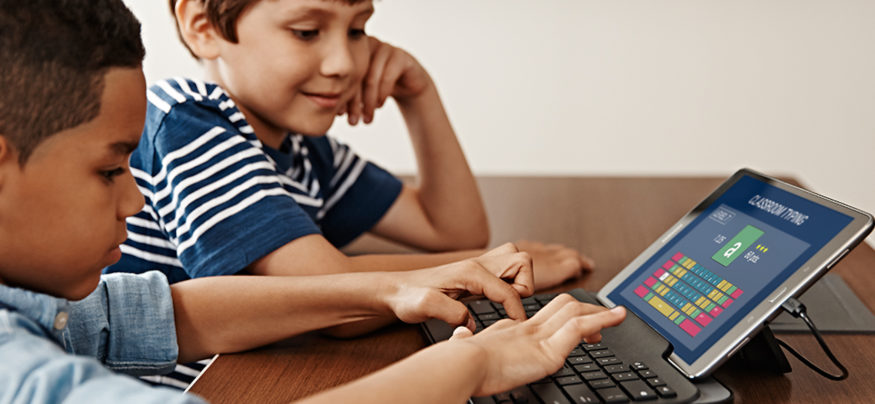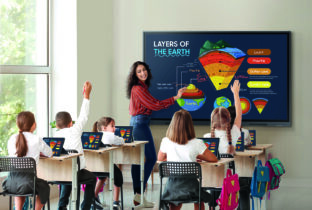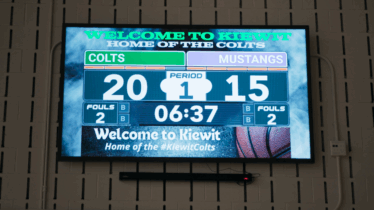According to teachers, schools need some help implementing technology. In the recent Teachers’ Dream Classroom Survey, only 16 percent of K–12 teachers gave their schools an A on technology integration.
Here’s what they said would make them more effective at using technology in the classroom.
Provide More Planning Time
One of the biggest obstacles mentioned by teachers in the survey was time — 61 percent said they needed more time to plan, research and collaborate with their colleagues. If they had more time for planning and instructional design during the school day, they said, they’d be better able to create more innovative and engaging lessons, work with students who are struggling and personalize learning.
To help give teachers this time, schools need to be creative. They can build collaborative lesson planning into staff meeting times and inservice programs. They can also allow teachers to work together during free periods and early release days to plan learning activities. Adding access to instructional aides who can take on some workload can also help.
But technology itself could be the best tool to give teachers more planning time. Schools can provide technology for teachers to save time grading tests, taking attendance and performing other time-consuming tasks. Google Classroom’s built-in functionality can manage reminders for tests, days off and other important dates, so teachers don’t have to waste class time updating everything on the calendar themselves. Free tools that extend Google Apps for Education, such as Flubaroo, can grade objective tests. And game-like tools can help students review concepts on their own at the beginning of class, while everyone is still getting settled.
Encourage Innovation
Another key component of effective technology use that teachers identified is innovation. Technology tools won’t improve learning if they’re used in the same way as static tools. Instead, teachers want to be able to use technology to change their classrooms for the better. For example, they want to adopt a blended learning model that can help keep students engaged and make in-class time more interesting and collaborative. Once a school or district has helped solve the time issue, they need to let teachers be free to use their newfound planning time to try new ways of using technology in the classroom. Schools should use inservice programs to train teachers on new learning models and make it clear that innovation is desirable and encouraged.
Provide More — and Better — Technology in the Classroom
Nearly half (47 percent) of the teachers surveyed said they needed better access to technology in their classrooms. This can be a big budget challenge, but one that can be solved by making sure that the machines purchased have a long enough life to provide consistently strong learning experiences. This is one area where Chromebooks can really shine. Technology coordinators have found that these devices are fast to start up and continue to run effectively for many years. They’ve even gotten older PC to last longer by converting them to Chromebooks with a tool called CloudReady. With a low purchase price and long life, Chromebooks can be a great way to deploy more computers in schools. They also offer technology for teachers and IT staff that can lower the administrative burden — helping solve the timing issue as well.
Help With Access Outside the Classroom
It’s nearly impossible to ensure that every family will have the means to provide computers and internet access at home. But schools can help. If possible, a one-to-one computing program can make sure everyone has the same technology tools in and out of the classroom. Schools can work with internet service providers to offer free or low-cost internet access to students who receive free or reduced lunch.
If a full one-to-one initiative isn’t possible, help students by providing loaner machines or a list of places they can go to use computers. Consider opening the computer lab after school, during lunch or on weekends to give students time to use the computers for homework.
Buying machines is just the beginning. With carefully planned policies, access to administrative tools as well as instructional ones, and proper training, all schools can ensure that they’re providing the best possible learning environment enhanced by technology.
Learn more about educational technology solutions and how teachers can use them to promote collaboration in the classroom here.







